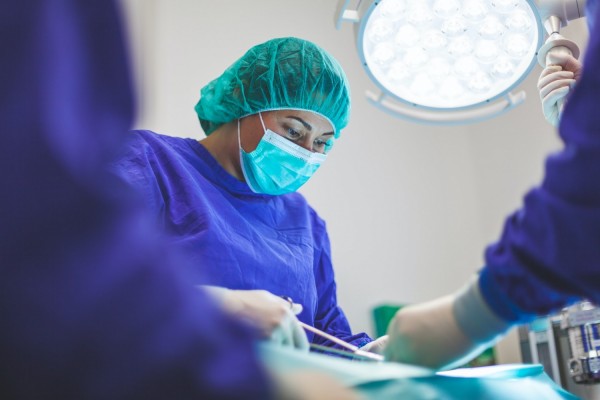Hospitals and wider healthcare settings utilise AI in ways that have revolutionised the healthcare system. In theatres, rigorous research and case studies have led to the advancement of heavily relied upon technology and equipment - and the introduction of innovative new technologies that are transforming the operating room by bringing it into the 21st century.
Below, we'll look at some of the most innovative and transformative technologies to reach theatres.
The Simplicity Of Single-Use Tools
Sometimes, it's the smaller developments that seem somewhat insignificant that have the most impact on day-to-day theatre duties. Take the humble retractor, for example. A commonly utilised tool that holds open an incision to give surgeons access to the operating site. An operating department practitioner would have had the job of keeping the retractor open until June Medical developed their medical retractors that are self-retaining.
Simple advancements like a self-retaining retractor have saved hospitals money, operating staff time and reduced infection rates in theatres.
Technology That Enables Minimally Invasive Surgery
Minimally invasive surgeries performed through keyhole procedures are more commonplace in the operating room. The advancement in technology allows surgeons to make small, more precise cuts that provide almost direct access to the intended site. Typically, three incisions will be needed - one for an intraoperative camera and two for rods that allow the surgeons to operate as if they were extensions of their hands.
Further advancements in laparoscopic and endoscopic will enable surgeons to carry out investigative diagnostic procedures and therapeutic treatments with as little impact on the patient as possible. It may seem obvious, but one of the outstanding advantages of minimally invasive procedures is aesthetics. Patients have two or three small incisions rather than a large scar.
Other advantages include a reduction in the potential for infections, easy access to operating sites, and better precision.
The Early Developments of 3D Printing
3D printing is nothing new in theatres - the technology has transformed the operating room by giving surgeons and professionals the chance to create tools and equipment specific to the needs of the procedure in question. But it's the early developments of a new generation of 3D printing set to improve surgeries further.
Advancements in 3D printing focus on the future of bioprinting. Biogenetics is a focal point in medicine, with huge strides towards replicating human organs and tissues using 3D printing already happening. Research scientists and surgeons have already replicated skin and connective tissues that have successfully transformed the lives of awaiting patients.
The future, however, lies with 3D bioprinting and replicating organs that could save the lives of thousands of patients waiting on the transplant list. It's still in its early development, but the theory and potential are exciting.
The medical world is constantly advancing - there will never be a time when developing new technology, procedures, and medicines will stop. There's a constant race to find the next best solution - especially in theatres where ground-breaking operations continue to push the boundaries of medicine and science, helping to change the lives of millions.


